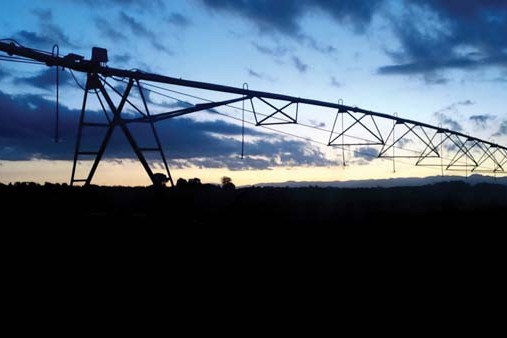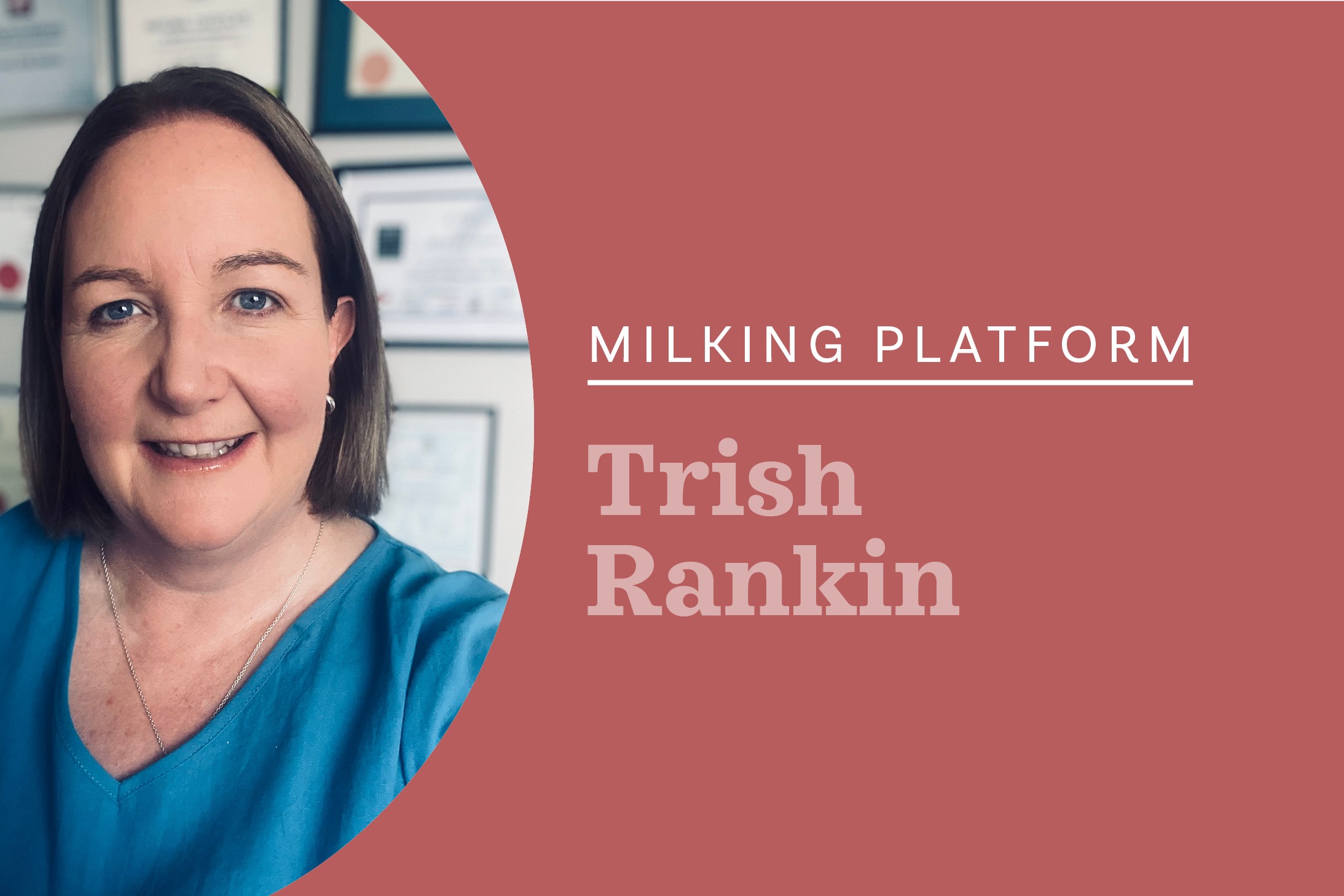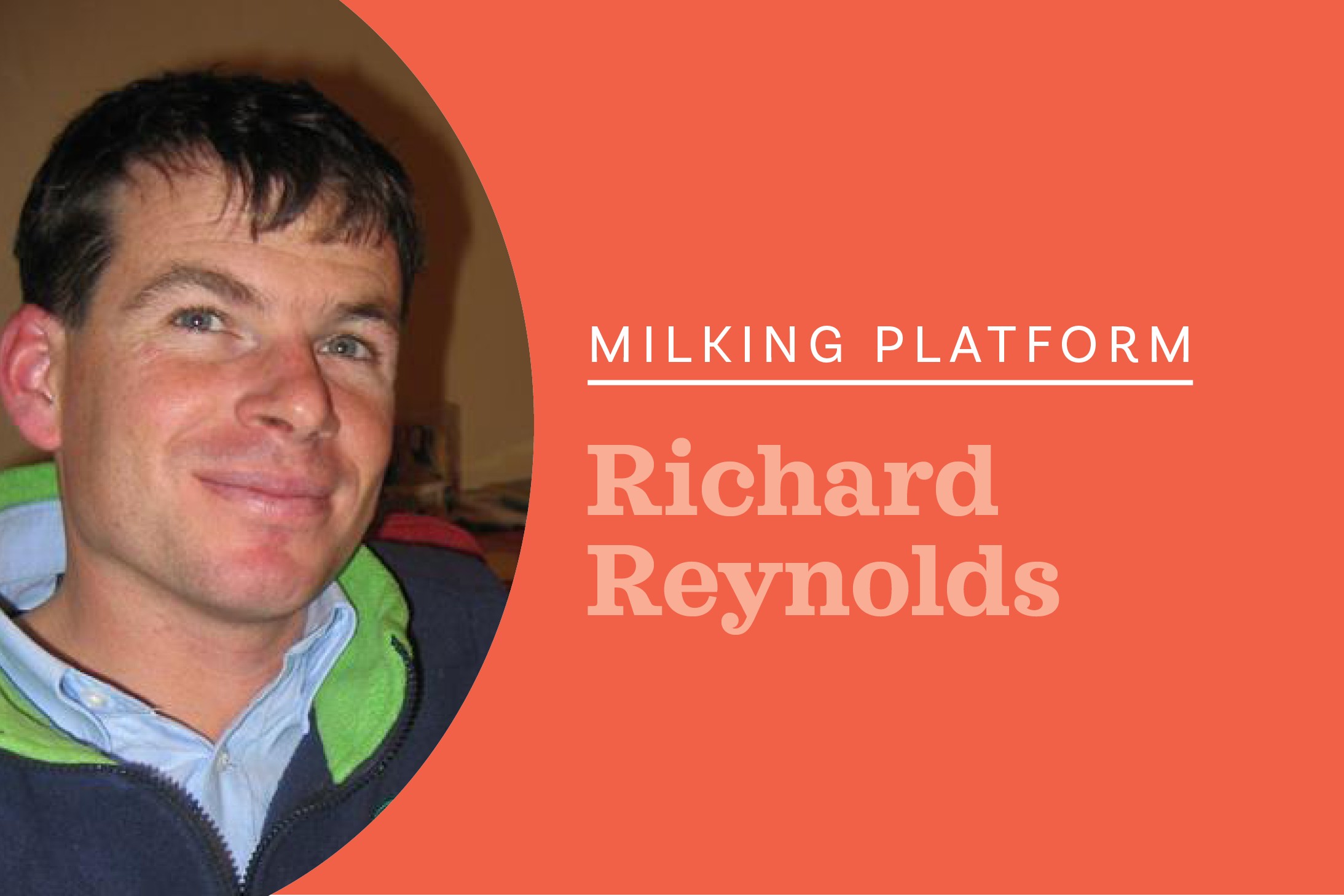Automation of a range of tasks has helped solve some of the potential risks of dairy operation. By Anne-Marie Wells.
What would you consider to be your main business risk? Was this your main risk six months ago? Do you think it will be your main risk in six months’ time?
Because of our business setup, we have a risk register which is reviewed each month with our shareholder reporting. Not only does this process get us to think about what we would do in a situation before it arises, we also benefit from other shareholders imparting knowledge if they have experience that can help.
Risk-register or not, we can probably measure our biggest risks by the main topic of conversation at the dinner table. For a while, this was dominated by work bubbles and what to do if we catch Covid-19. Now staffing and consistency is very much the main discussion. Staffing has been on our radar for some time now, but until recently it was more of a niggle than our top risk.
We are fortunate that our location makes it possible to employ people who can travel in rather than live-in. After a big recruitment drive, we now have eight casual team members, seven of whom come in only for milking. As with many solutions there is a knock-on effect, in this case, it is the risk of inconsistency. The first area of inconsistency is the yard wash. The yard always gets cleaned, but how much water and time that takes depends on who is doing it – I will embarrassingly confess to having run us out of water recently in my enthusiasm!
Secondly there is the plant wash. This is not a simple process, and we feel it is best done by staff who are here more often, which limits the number of people trained to carry out the task. How the cows are milked differs with each person in the shed. We have automatic cup removers but prefer to have someone at cups off to keep an eye on whether cows have milked out properly or look like they may be developing mastitis. Someone experienced at cups off makes very different decisions to someone who is new or not often milking.
Our solution to achieving consistency in these areas is automation. Thanks to a good year of production and milk price, it was an easier decision to make some investments.
Over the last two weeks, our shed has been a hive of activity with the installation of an automatic yard wash and automatic plant wash. In the coming few weeks, in-bail milk meters will also be installed.
Both automatic washes are simple to use and achieve consistent and quality results. The list of advantages keeps building – less water, less electricity, less time, removing the health and safety risk of handling chemicals at each wash, less training, less experience needed.
It was not quite as clear cut making the decision to install milk meters, especially given we are considering using collars in the not-too-distant future. Meters provided a less expensive stepping-stone towards understanding more about the production and udder health of each cow, and we can also use it to identify possible cluster faults, enabling a less-experienced eye at cups off.
By relying on automation, the conversation at the dinner table moves to the “what ifs” of machine failure. Well, the yard hoses are still in place, the plant wash can still be done manually, and we still usually have someone at cups off. Duncan is also a dab hand at fixing things, so this is a risk we are prepared to take on. Perhaps it is time to think about the risk of booking a holiday abroad over the winter?





